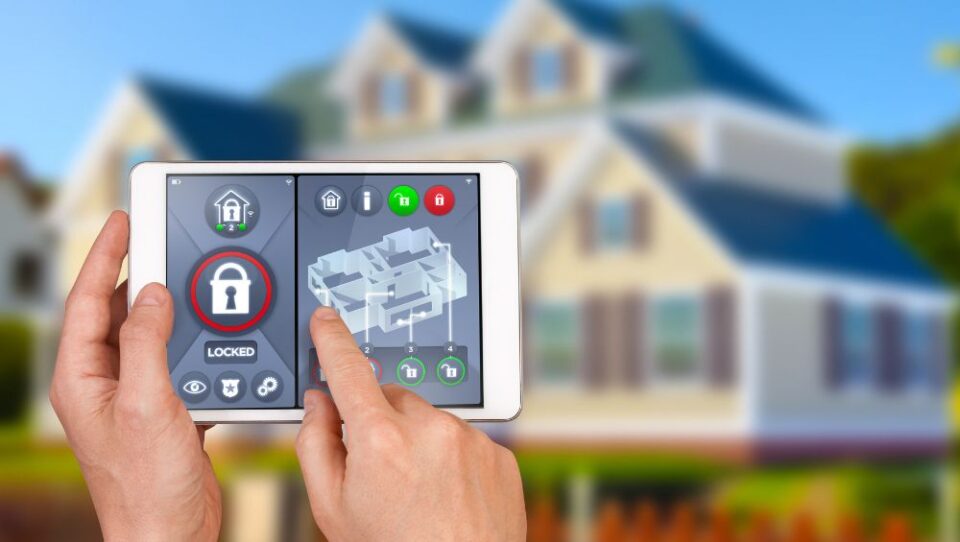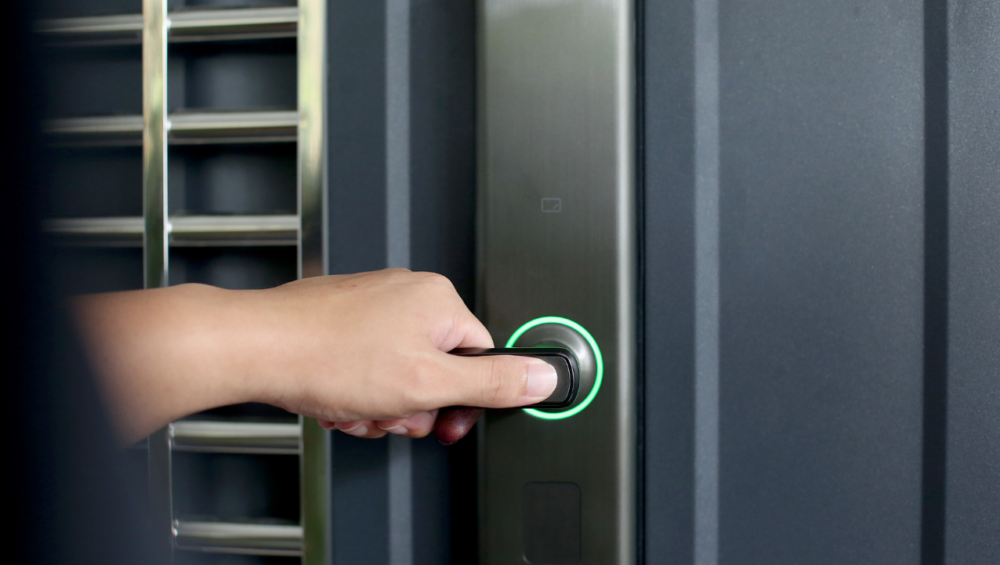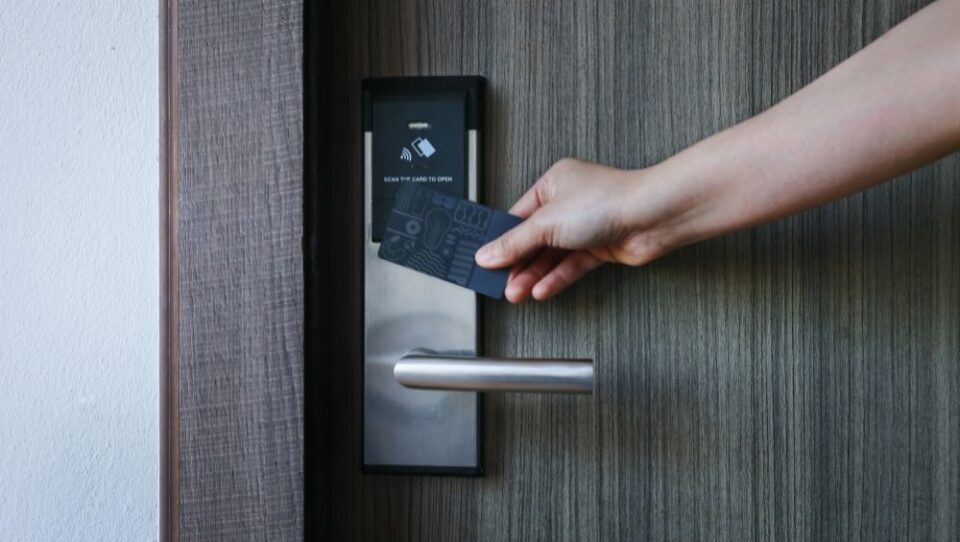In today’s digital age, the balance between convenience and security is paramount. Google Smart Lock, a feature available on Android operating systems and Chrome browsers, aims to strike this balance. By leveraging this feature, users can simplify their smartphone security, streamline their login processes, and take full advantage of what the Android ecosystem has to offer. This article delves into the intricacies of Google Smart Lock, exploring its features, benefits, drawbacks, and overall impact on user experience.
Read more: How Smart Locks Work? Tips and Best Practices
Table of Contents
ToggleWhat is Google Smart Lock?
Google Smart Lock is an advanced password manager and security tool designed to enhance the convenience and security of Android devices and Chrome browsers. It allows users to access their devices faster in non-security situations by setting up scenarios where their phones can be safely unlocked for extended periods. This feature mitigates the hassle of constantly having to unlock your phone after brief periods of inactivity.
Features of Google Smart Lock
Google Smart Lock encompasses a variety of features tailored to different security needs and scenarios:

On-body Detection
This feature keeps your device unlocked while it is in motion. For instance, if you have entered your PIN or password and then put the phone in your pocket or bag, it will remain unlocked as long as it senses motion. Once the device is set down, it will lock itself to maintain security. This ensures that you don’t have to repeatedly unlock your device while you’re on the go.
Trusted Devices
Trusted devices can be any Bluetooth-enabled device that you frequently use, such as a smartwatch, fitness tracker, or your car’s Bluetooth system. By setting these devices as trusted, your phone will remain unlocked when connected to them. This feature is particularly useful for those who frequently use their phones in conjunction with other devices, as it reduces the need for constant manual unlocking.
Trusted Places
With Trusted Places, you can designate specific locations as trusted, such as your home or workplace. When you are within these locations, your phone will stay unlocked. This is especially handy for users who want to avoid entering their PIN or password repeatedly in safe environments where the risk of unauthorized access is low.
Voice Match & Trusted Face
Although these features have been phased out in newer Android versions, they were previously available for unlocking devices using voice or facial recognition. Trusted Face allowed users to unlock their phones by simply looking at the screen, while Trusted Voice enabled partial access to the phone’s functions through voice commands. These features added a layer of convenience, though they were not as secure as biometric methods like fingerprint scanning.
Smart Lock for Passwords
This feature is essentially a password manager that saves and syncs your passwords across devices using your Google account. It allows for seamless login experiences on Chrome and Android devices by automatically entering your saved passwords. This eliminates the need to remember or manually enter multiple passwords for different apps and websites.
Biometric Authentication
Google Smart Lock integrates biometric authentication methods, such as fingerprint and face recognition, to enhance security. These methods provide a quick and secure way to unlock your device and access sensitive information.
Benefits of Google Smart Lock
Convenience
-
- Streamlined Access: By automatically saving and synchronizing passwords across devices, Google Smart Lock removes the need to remember and manually enter passwords. This results in a seamless login experience for apps and websites.
- Reduced Unlocking Frequency: Features like Trusted Devices and Trusted Places minimize the need to constantly unlock your device, saving time and effort.
Enhanced Security
-
-
- Biometric Authentication: Utilizing fingerprint or face recognition on supported devices adds a robust layer of security, ensuring that only authorized users can access the device.
- Two-Factor Authentication: Google Smart Lock supports two-factor authentication, adding an extra layer of security for sensitive accounts. This ensures that even if someone obtains your password, they cannot access your account without the second factor.
-
Cross-Platform Compatibility
Google Smart Lock works across various devices and platforms, including Android, Chrome, and some third-party apps. This ensures a consistent and convenient user experience across all your devices.
Smart Lock for Passwords
By syncing passwords across Chrome and Android devices, Smart Lock makes it easy to access your accounts without the need for manual password entry. This not only saves time but also enhances security by encouraging the use of strong, unique passwords.
Bluetooth and Location-Based Unlock
Automatically unlocking devices when they are near trusted Bluetooth devices or in trusted locations reduces the need for repeated password or PIN entry. This is particularly useful in daily routines where certain locations or devices are frequently encountered.
Drawbacks of Google Smart Lock
Privacy Concerns
Storing passwords and personal information with Google may raise privacy issues for some users. Concerns about data breaches and how Google uses this information can make some users hesitant to fully embrace this feature.
Dependency on Google Ecosystem
The best functionality of Google Smart Lock is experienced within the Google ecosystem. This might be limiting for users who prefer other platforms or services, as the seamless integration and features might not extend beyond Google’s products.
Potential Security Risks
If a device is lost or stolen, there is a risk that someone could access saved passwords and personal information if the device is not properly secured with biometric or PIN protection. Users must ensure their devices are adequately protected to mitigate this risk.
Inconsistent Performance
Some users report that Google Smart Lock does not always work reliably. Issues such as the device not unlocking as expected or requiring manual intervention can detract from the overall user experience.
Limited Customization
Users might find the lack of customization options restrictive. Google Smart Lock does not allow for extensive personalization of settings, which can be a downside for users who prefer more control over their security features.
Detailed Analysis of Google Smart Lock Features

On-body Detection
On-body detection is designed to keep your device unlocked while it is in motion, such as being carried in your hand or pocket. This feature uses the device’s sensors to detect movement and determine whether the phone is being carried. If the phone detects that it is still being carried after you unlock it, it will remain unlocked until you set it down.
Pros
- Convenience: Reduces the need to frequently enter your PIN or password while you are on the go.
- Seamless Usage: Allows for smooth transitions between using your phone and putting it away without constant unlocking.
Cons
- Security Risk: If someone else takes your phone while it is still detecting motion, they could potentially access your device without entering a password.
- Sensor Reliability: The effectiveness of this feature depends on the accuracy of the device’s motion sensors, which can sometimes be unreliable.
Trusted Devices
Trusted devices allow you to keep your phone unlocked when connected to certain Bluetooth devices that you designate as trusted. These could include devices like your smartwatch, car’s Bluetooth system, or Bluetooth headphones.
Pros
- Ease of Use: Automatically unlocks your phone when connected to trusted devices, eliminating the need for manual password entry.
- Practical for Frequent Users: Ideal for users who frequently use their phones in conjunction with other Bluetooth-enabled devices.
Cons
- Security Risk: If a trusted device is lost or stolen, someone could potentially use it to unlock your phone.
- Bluetooth Dependency: The feature’s reliability depends on the stability of the Bluetooth connection, which can sometimes be inconsistent.
Trusted Places
Trusted Places allow you to set specific locations as trusted, such as your home or workplace. When you are within these locations, your phone will stay unlocked.
Pros
- Convenience: Reduces the need to enter your PIN or password in safe environments where the risk of unauthorized access is low.
- Efficiency: Ideal for users who spend a lot of time in specific locations, providing a seamless unlocking experience.
Cons
- Location Accuracy: The effectiveness of this feature depends on the accuracy of the device’s location services, which can sometimes be inaccurate.
- Security Risk: If your trusted location is compromised, someone could potentially access your device without entering a password.
Voice Match & Trusted Face
Voice Match and Trusted Face were features that allowed users to unlock their phones using voice or facial recognition. While these features have been removed from newer Android versions, they offered an additional layer of convenience for users.
Pros
- Hands-Free Unlocking: Allows for hands-free unlocking using voice or facial recognition.
- Ease of Access: Provides quick access to the device without the need for manual password entry.
Cons
- Security: These methods are not as secure as biometric methods like fingerprint scanning. They can potentially be bypassed using recordings or photos.
- Inconsistent Performance: The reliability of voice and facial recognition can vary based on environmental conditions and device sensors.
Smart Lock for Passwords
Smart Lock for Passwords is a password manager that saves and syncs your passwords across devices using your Google account. This feature allows for seamless login experiences on Chrome and Android devices.
Pros
- Password Management: Simplifies password management by saving and synchronizing passwords across devices.
- Enhanced Security: Encourages the use of strong, unique passwords by reducing the need to remember them.
Cons
- Privacy Concerns: Storing passwords with Google may raise privacy concerns for some users.
- Dependency on Google: The feature is most effective within the Google ecosystem, which might be limiting for users who prefer other services.
Biometric Authentication
Biometric authentication methods, such as fingerprint and face recognition, are integrated into Google Smart Lock to enhance security. These methods provide a quick and secure way to unlock your device and access sensitive information.
Pros
- High Security: Biometric methods are highly secure, ensuring that only authorized users can access the device.
- Quick Access: Provides fast and convenient access to the device without the need for manual password entry.
Cons
- Hardware Dependency: The effectiveness of biometric authentication depends on the quality and reliability of the device’s biometric sensors.
- Privacy Concerns: Storing biometric data with Google may raise privacy concerns for some users.
Conclusion
Google Smart Lock offers a balance of convenience and security for users within the Google ecosystem. It simplifies the process of unlocking your device and managing passwords, saving you time and effort. However, it is essential to be aware of potential privacy and security concerns, as well as the dependency on the Google ecosystem.
By understanding the features, benefits, and drawbacks of Google Smart Lock, users can make informed decisions about whether this security solution meets their needs. Ultimately, Google Smart Lock is a valuable tool for enhancing smartphone security and user experience, provided that users take appropriate measures to protect their devices and personal information.







